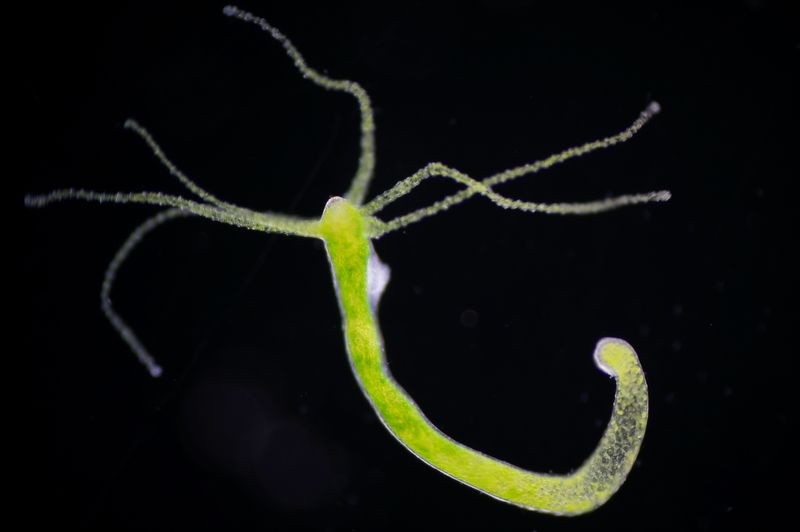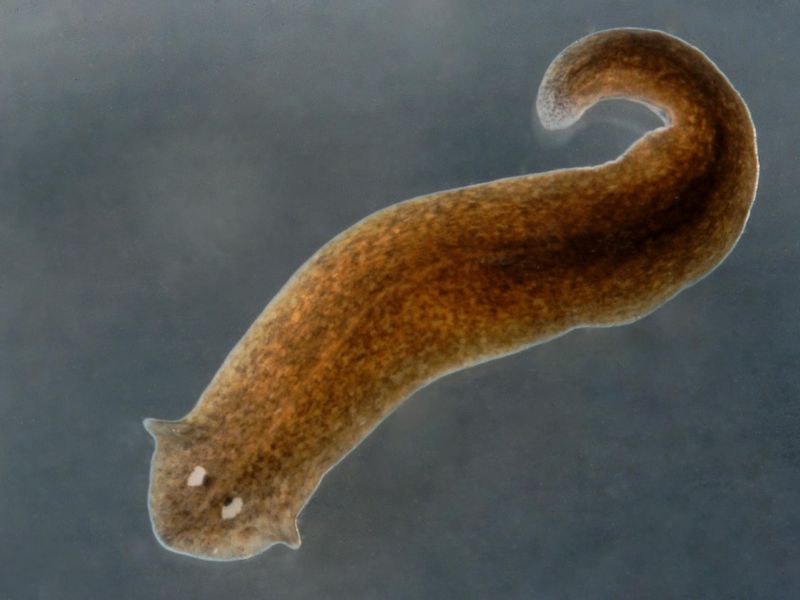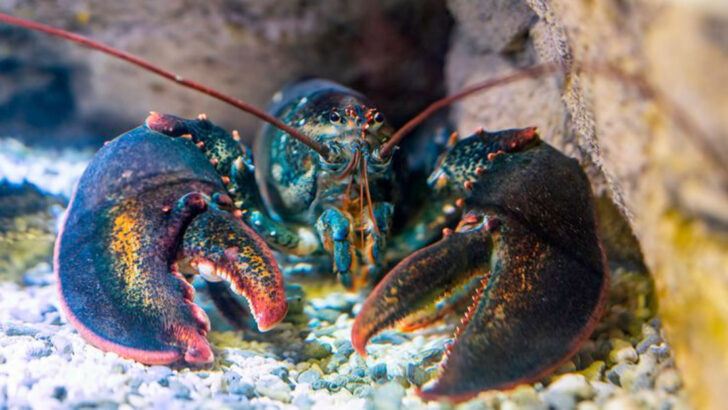Some creatures don’t fear the clock—because it might not apply to them at all.
While most life on Earth ages, withers, and fades, a few bizarre species seem to sidestep the entire concept of getting old. No birthdays, no wrinkles, no countdown. Just… endless existence.
From jellyfish that can rewind their own life cycle to sea creatures that laugh in the face of cellular decay, nature has a few tricks up its sleeve that feel straight out of science fiction.
Scientists are fascinated. We’re talking about living things that regenerate, repair, and reset themselves like it’s no big deal. And they may just be holding secrets that rewrite everything we thought we knew about life—and death.
Let’s meet the creatures that might never die… and find out what makes them tick (if they tick at all).
Turritopsis dohrnii

Imagine a creature that can reverse its aging process. Turritopsis dohrnii, often dubbed the “immortal jellyfish,” achieves just that. This tiny marvel, barely visible to the naked eye, can revert its cells to an earlier state.
When faced with danger or injury, it transforms back into a polyp stage, essentially starting life anew. Found in the oceans, its existence sparks curiosity among scientists.
The jellyfish’s regeneration ability poses questions about human aging. Could studying this creature alter our perceptions of life? Turritopsis dohrnii remains a beacon of hope in biological research.
Hydra

In the quiet waters of ponds and rivers, resides the Hydra, a creature defying the conventional rules of aging. Unlike many organisms, Hydras show no signs of senescence, maintaining their vitality indefinitely.
Their secret? A unique ability to regenerate lost parts, thanks to their highly adaptable stem cells. This freshwater polyp surprises biologists with its perpetual youth.
Hydras offer insight into cellular regeneration, potentially influencing medical advancements. Could this tiny polyp hold the key to reversing human aging? Its unassuming presence belies its incredible biological feats, making it a subject of endless fascination.
Planarian Flatworm

Meet the Planarian flatworm, a humble creature with extraordinary regenerative powers. Cut a planarian into pieces, and each piece can grow into a complete organism. This remarkable feat makes them biological wonders.
Scientists marvel at their ability to regenerate entire bodies, including the brain. Found in freshwater, they have become a focal point in regenerative research.
Their simplicity conceals complex mechanisms of tissue regeneration. Could understanding planarians revolutionize regenerative medicine? These flatworms may hold secrets that could transform our understanding of cellular biology and healing.
Lobster

Lobsters are fascinating marine creatures with a twist—they might not die from aging. Instead, lobsters continue to grow throughout their lives, constantly shedding and renewing their shells.
Their longevity is linked to the enzyme telomerase, which repairs DNA. It allows lobsters to maintain cellular youthfulness, prolonging their lifespan.
Could lobsters’ anti-aging secrets be applicable to humans? As scientists delve deeper into their biology, lobsters inspire curiosity about longevity. Their mysterious, slow-paced life under the sea provides a captivating glimpse into potential immortality strategies.
Bdelloid Rotifer

Bdelloid rotifers are microscopic wonders thriving in diverse environments, from puddles to mosses. These tiny organisms are famed for their resilience and potential immortality.
They reproduce asexually, bypassing the need for male counterparts. Furthermore, BDelloids can withstand extreme desiccation, coming back to life with water.
Their robust DNA repair mechanisms enable them to stave off aging effects. Could these rotifers’ strategies inform human longevity research? Their extraordinary survival skills captivate scientists, offering insights into life’s tenacity and the boundaries of existence.

